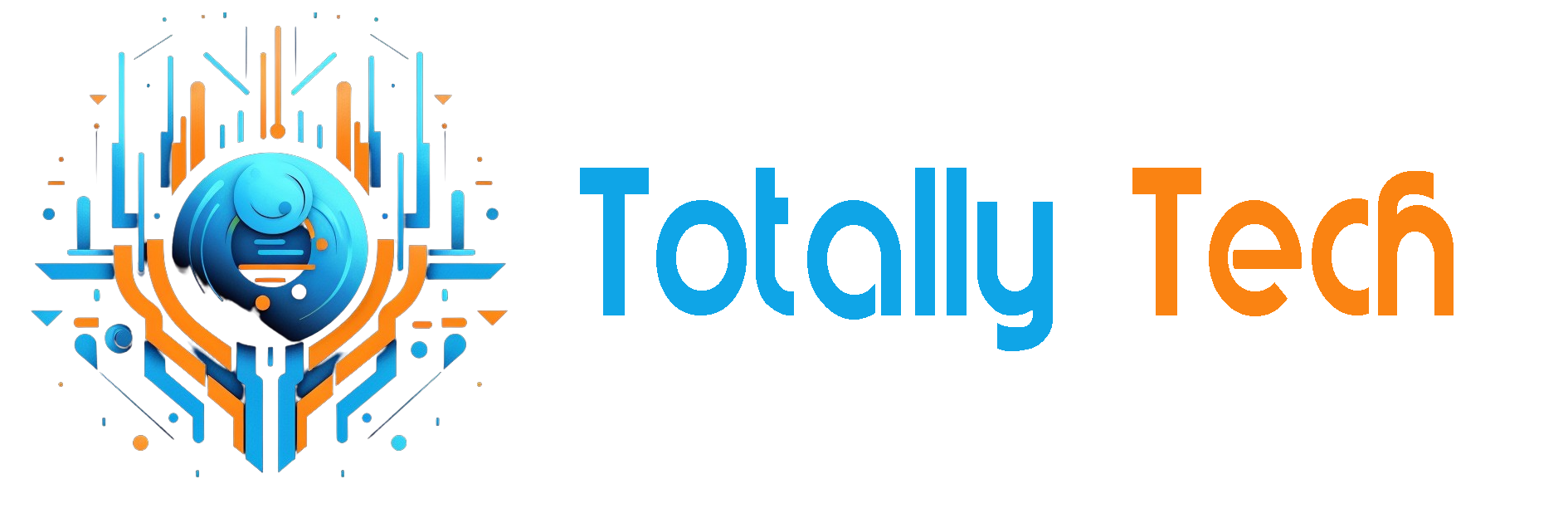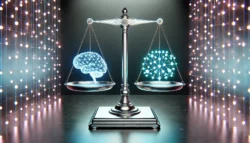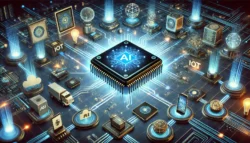
You live in an age of perpetual pings and clicks, yet your in-person circle is shrinking fast. According to the United States Surgeon General’s 2023 advisory, 15- to 24-year-olds now spend almost 70% less face-to-face time with friends than in 2003. This collapse is serious enough to be classified as a public health emergency.
This single number is a lighthouse, warning us that “just hanging out less” carries a real health risk. It also points to the deeper question of whether — and how — artificial intelligence (AI) can stitch our social fabric back together.
A Nation and a Nervous System Under Strain
Behind the 70% drop sits a wider rupture. A Harvard Graduate School of Education report found that 36% of Americans — including 61% of young adults and 51% of mothers with small children — say they experience “serious loneliness.”
Loneliness is more than a bad mood — it suppresses immunity, raises cortisol and pushes cardiovascular risk to the level of smoking a pack of cigarettes per day. Your body, in short, keeps score when your social calendar goes blank.
The rise of AI has led to unique use cases, including people using AI as friends and companions. They ask questions, vent about their problems and otherwise chat with these responsive robots in a way that builds connections. The question is no longer if AI will enter the loneliness arena, but how, and whether it will be a bridge or a barrier.
Is There Hope in the Machine?
Harvard Business School’s “AI Companions Reduce Loneliness” paper conducted six studies involving more than 600 school participants. The researchers found that a 15-minute chat with a fine-tuned language model “companion” lowered loneliness as effectively as talking with another human, as long as the bot made users feel “heard.”
The idea extended beyond campuses. In New York, more than 800 participants received a desk-sized social robot, and 95% reported reduced loneliness after a month. Many even accepted nudges to drink water, step outside or phone a relative. However, the robot’s designers are careful, labeling it as an “augmentation” to human interaction, not a replacement.
Researchers warn that friendship apps can morph into parasocial traps — never impatient, always on and subtly rewarding withdrawal from human ties. Their experiments link heavy bot use to avoidance of real-world connections, suggesting that poorly designed AI might deepen, rather than close, the wound it claims to heal.
Will AI Close or Widen Gaps?
AI’s social footprint sits inside a justice story. A 2021 McKinsey global survey showed that 56% of companies headquartered in emerging economies adopted AI in at least one business function, often leapfrogging infrastructure gaps. This matters because isolation appears to cluster where opportunity is thin.
For example:
- Health: The nonprofit platform CareMessage launched its Health-Equity Engine in 2024. It features an AI assistant that parses patient text replies for transportation or food-insecurity flags and trims no-show rates in safety-net clinics.
- Education: Adaptive learning engines like Lalilo test students using different exercises to analyze strengths and growth areas so they can learn at a personalized pace.
When AI systems are designed for inclusion, they can chip away at the root causes of loneliness, such as language barriers, limited transport or poverty. However, without guardrails, data-poor dialects are misread, and low-bandwidth regions are left behind. The difference hinges on the policy and design choices you help create.
Popular culture amplifies the ambivalence in making AI a part of life. Spike Jonze’s 2013 film “Her” persuaded viewers to sympathize with Theodore’s love for a computer voice. The 2025 thriller “Companion” flips that hope into fear when a rented AI housemate breaks bad. Horror hit “M3GAN” goes further with a protective doll whose bonding protocol ends in mayhem. These stories exaggerate, but they highlight a real design choice — will tomorrow’s companions nudge you back toward other humans or box you into a room alone?
What AI Can’t Give You
Even the most sophisticated language model lacks scent, skin and eye contact. TU Dresden’s 2024 work on social-affective touch shows that physical human contact can activate C-tactile fibers, release oxytocin and lower cortisol — shifts that no screen can replay.
In short, the human connection still matters for many reasons:
- Shared uncertainty: Real friends surprise you, and prediction errors build empathy that scripted chat can’t supply.
- Tactile co-regulation: A hug steadies the heart rate in both the receiver and giver. No algorithm can sync your nerves through Wi-Fi.
- Full-spectrum cues: Micro-expressions, synchronous laughter and posture shifts train the social brain.
- Mutual memory making: The chill of the night air, smells of fresh-brewed coffee and the squeak of a chair bind experiences into long-term memory more richly than pixels can.
- Authentic accountability: Humans hold you to promises, while a bot rarely demands reciprocity.
- Embodied intuition: Subtle shifts in body language, like a friend tapping a foot faster in a stressful situation, cue you to care long before the words are spoken.
- Endocrine reaction: Physical touch releases serotonin, oxytocin and dopamine in levels that robots can’t trigger.
AI can simulate aspects of these moments, but not their full meaning.
Where the AI Story Goes From Here
AI won’t solve the loneliness epidemic alone, and it doesn’t have to doom you to solitude. What it can do is amplify the choices encoded by its regulators, designers and users. Codify a mission to connect a community, and AI becomes a bridge. Embed an engagement model, and it digs deeper.
Let AI help you find that door faster, remind you to follow up or translate a greeting. AI can help handle the logistics, but not anything deeper. Use voice assistants to schedule a recurring coffee date, auto-send birthday reminders or rehearse a tough apology with you before delivering it face-to-face.
After all that, close the laptop, go outside and interact with your community to build valuable real-world connections that AI can’t touch.
The post Can AI Solve the Loneliness Epidemic? appeared first on Unite.AI.



